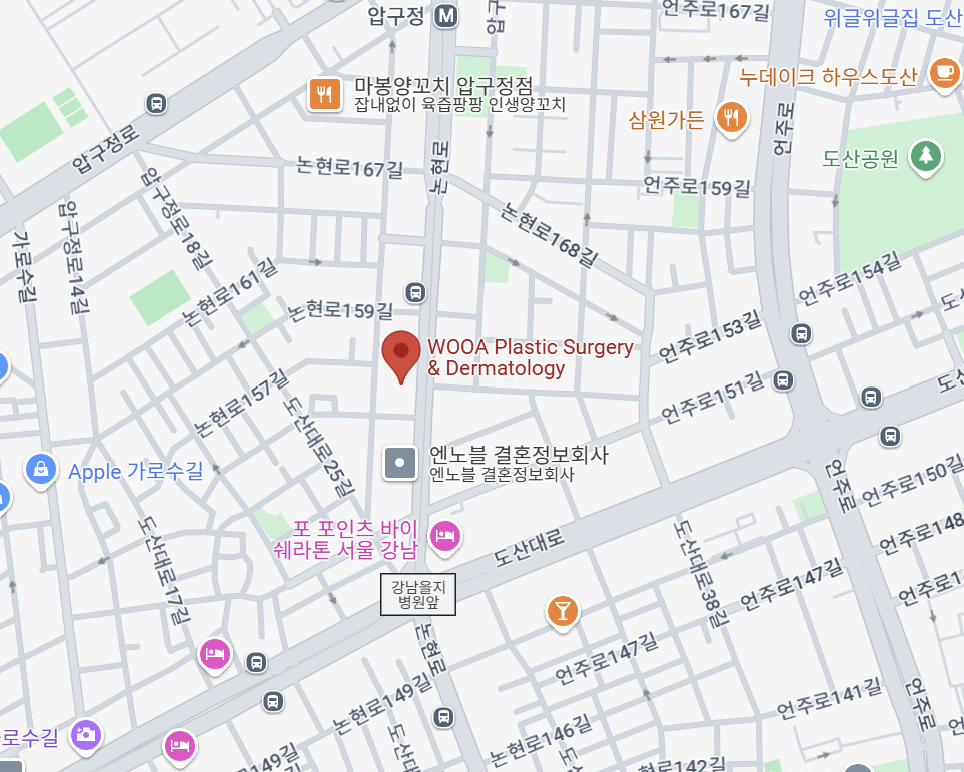In the labiaplasty procedure, the surgeon follows a precise and detailed approach to ensure both functional and aesthetic improvements.
First, the surgeon marks the area of excess skin on the labia minora based on your desired outcome, taking care to maintain natural contours and balance with the rest of the genital anatomy. Local anesthesia or general anesthesia is then administered to ensure you are comfortable and pain-free during the procedure.
Next, the surgeon uses specialized surgical instruments to trim or reshape the labia minora. There are two common techniques for labiaplasty:
Trim Technique: The surgeon removes excess tissue along the edge of the labia minora. This technique is used when there is excessive tissue that needs to be reduced in size.
Wedge Technique: A wedge of tissue is removed from the labia minora, and the remaining edges are stitched back together. This technique is often preferred for correcting asymmetry or achieving a more natural contour.
Once the desired shape is achieved, the surgeon uses fine sutures to close the incisions. These sutures are typically dissolvable, so there is no need for removal. The labia will be slightly swollen after surgery, but the swelling and bruising typically subside in the days following the procedure.
The surgical procedure is typically completed in about 1-2 hours, and the results can be seen after healing, providing both aesthetic and functional improvements to the area.


